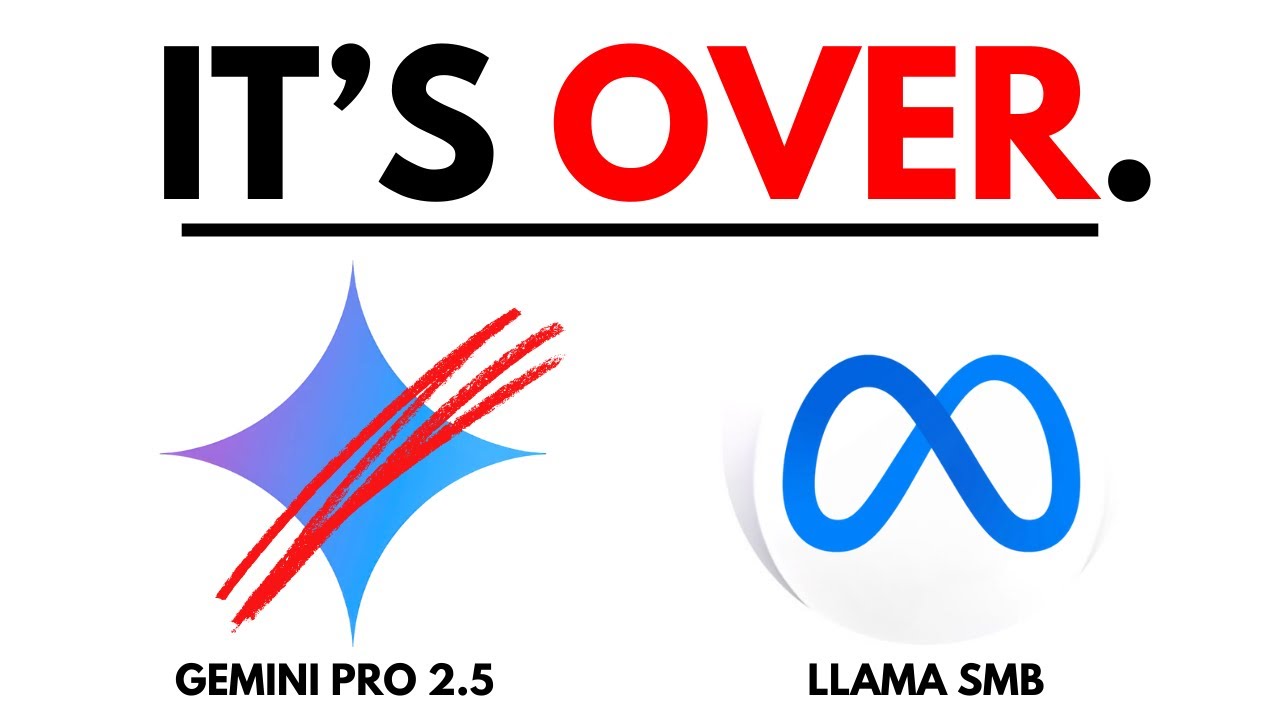The video discusses Meta’s Llama 4 AI models, highlighting Scout’s impressive 10 million token context length, which enhances information retrieval but raises questions about its performance in reasoning tasks compared to competitors like Gemini. Critics argue that Llama 4’s optimization for conversationality may skew its benchmark rankings, leading to debates on whether this approach constitutes “cheating” in AI evaluations.
The video discusses the recent release of Meta’s new family of AI models called Llama 4, which includes three variants: Scout, Maverick, and Behemoth. A significant feature of these models is Scout’s impressive 10 million token context length, far surpassing competitors like Gemini, which has a 1 million token limit. The video highlights how this extended context length enhances the model’s ability to retrieve information effectively, particularly in complex tasks like the “needle in a haystack” experiment, where the model successfully identifies specific information within a vast context.
The video also delves into the benchmarks and leaderboards where Llama 4 is being compared to other models like GPT-4 and DeepSeek. Despite claims of superiority, the presenter notes that Llama 4 does not perform as well in various benchmarks, particularly in reasoning tasks, where models like Gemini 2.5 outperform it. The discussion raises questions about the validity of Llama 4’s ranking, especially since it appears to be optimized for conversationality, which may skew its performance in community-driven evaluations like the LM Arena.
Critics argue that Llama 4’s ranking might be misleading due to its training focus on conversational responses rather than reasoning capabilities. The video explains that while this optimization may enhance its performance in conversational settings, it does not necessarily equate to superior reasoning or coding abilities. The presenter suggests that this approach could be seen as a form of “cheating,” but ultimately concludes that it is not cheating in the traditional sense, as the model is designed for conversational AI.
The video also explores the accessibility of Llama 4, noting that while the models are not open-source, they are available for download and can be run locally. However, the larger models like Behemoth are not yet available for public use. The presenter provides insights into how users can interact with these models through platforms like Grock and OpenRouter, emphasizing the ease of access for developers looking to experiment with Llama 4.
In conclusion, the video raises important questions about the evaluation and comparison of AI models, particularly regarding how performance metrics can be influenced by training methodologies. While Llama 4 shows promise with its extended context length and conversational optimization, its overall effectiveness in reasoning and coding tasks remains debatable. The presenter invites viewers to share their opinions on whether they believe Llama 4’s approach constitutes cheating and whether the model is worth using in practical applications.
